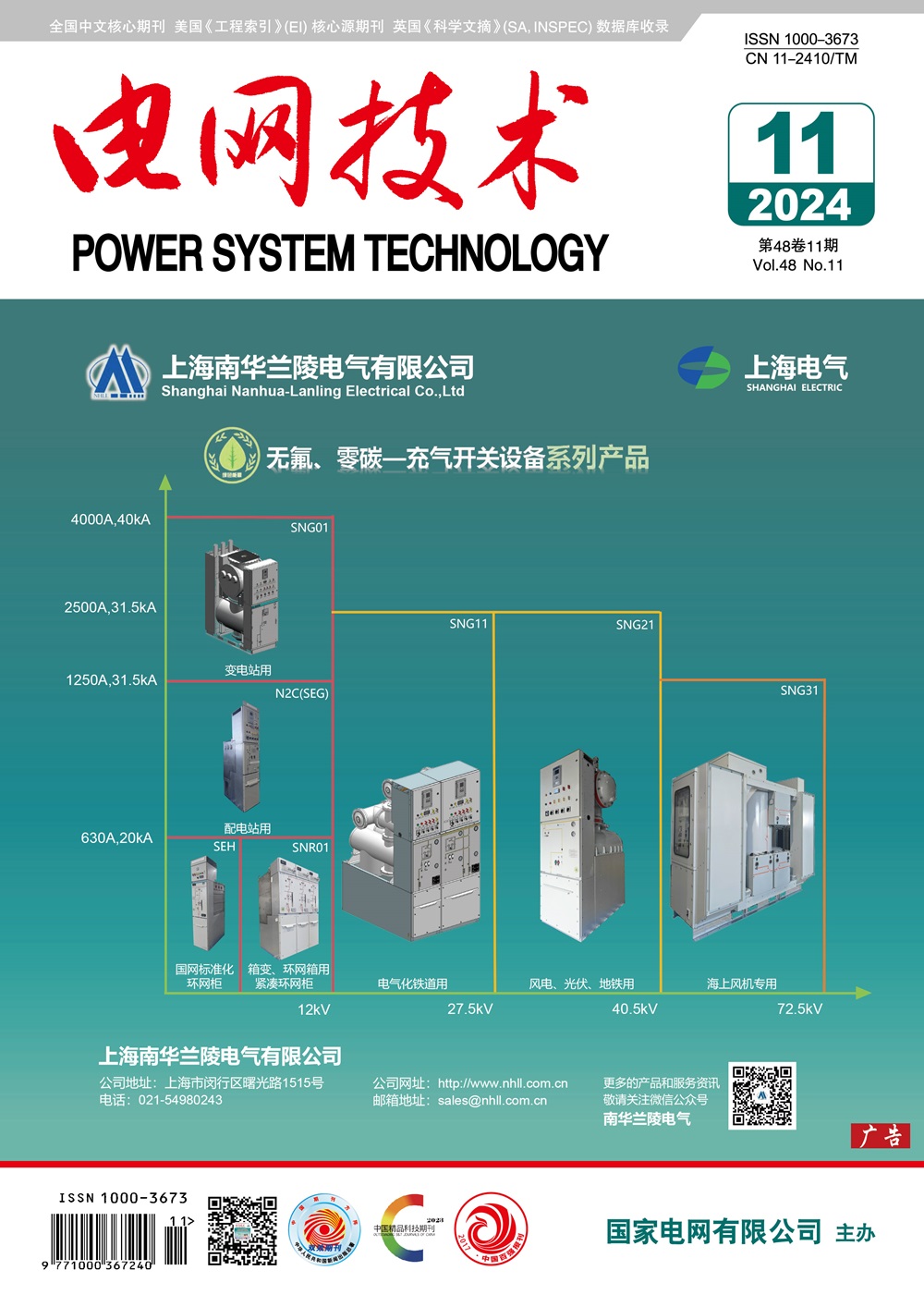A Hierarchical Architecture Based Simulation Platform for Coordinated Charging of Large-Scale Electric Vehicles
Q1 Engineering
引用次数: 2
Abstract
Utilizing My SQL and Java programming, a hierarchical architecture based simulation platform for coordinated charging of large-scale electric vehicles(EV) is built. According to the data requirement of various simulation algorithms, the modeling of hierarchical architecture and charging/discharging behavior of EV is performed on the built platform to describe the temporal-spatial distribution of charging load of large-scale EV in a wide range, and based on the proposed model a unified interface for simulation algorithms is established. The built platform can be used to simulate and verify both the predictive algorithm for charging load of large-scale EV and the control algorithm for the coordinated charging, thus it provides the possibility to compare the effects of different algorithms. In terms of simulation, the problem that the effects of the predictive and control algorithms given by reference literatures are hard to be verified by experiments due to the smaller development scale of EV at present can be well solved. The functions and the effectiveness of the built platform are shown by analysis of examples.基于层次结构的大型电动汽车协同充电仿真平台
利用SQL和Java编程技术,构建了基于分层结构的大型电动汽车协同充电仿真平台。根据各种仿真算法的数据需求,在构建的平台上对电动汽车的分层结构和充放电行为进行建模,以描述大范围内大型电动汽车充电负荷的时空分布,并在此基础上建立统一的仿真算法接口。搭建的平台可对大型电动汽车充电负荷预测算法和协同充电控制算法进行仿真验证,为比较不同算法的效果提供了可能。在仿真方面,很好地解决了目前电动汽车开发规模较小,参考文献给出的预测和控制算法效果难以通过实验验证的问题。通过算例分析,验证了所建平台的功能和有效性。
本文章由计算机程序翻译,如有差异,请以英文原文为准。
求助全文
约1分钟内获得全文
求助全文
来源期刊

电网技术
Engineering-Mechanical Engineering
CiteScore
7.30
自引率
0.00%
发文量
13735
期刊介绍:
"Power System Technology" (monthly) was founded in 1957. It is a comprehensive academic journal in the field of energy and power, supervised and sponsored by the State Grid Corporation of China. It is published by the Power System Technology Magazine Co., Ltd. of the China Electric Power Research Institute. It is publicly distributed at home and abroad and is included in 12 famous domestic and foreign literature databases such as the Engineering Index (EI) and the National Chinese Core Journals.
The purpose of "Power System Technology" is to serve the national innovation-driven development strategy, promote scientific and technological progress in my country's energy and power fields, and promote the application of new technologies and new products. "Power System Technology" has adhered to the publishing characteristics of combining "theoretical innovation with applied practice" for many years, and the scope of manuscript selection covers the fields of power generation, transmission, distribution, and electricity consumption.
 求助内容:
求助内容: 应助结果提醒方式:
应助结果提醒方式:


